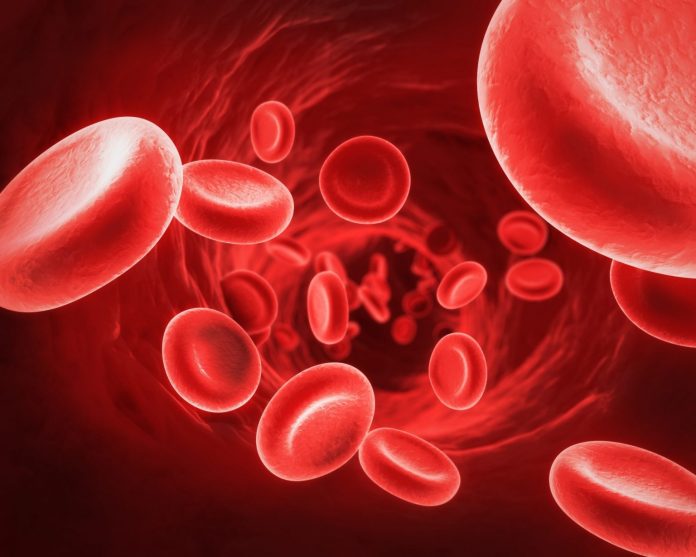More efficient and longer lasting glucose-responsive insulin that eliminates the need for people with type 1 diabetes to measure their glucose levels could be a step closer thanks to a Monash University-led project.
Published in the world-leading journal Advanced Materials, the preclinical study engineered a superior artificial pancreas system to release insulin precisely and smartly only when the body actually needs it, making control of blood glucose more reliable.
The researchers from Monash University, RMIT University, The University of Melbourne and the Baker Institute developed a system that responds to glucose, which current insulin does not.
Co-first author Dr Rong Xu, from the Monash University Central Clinical School’s Australian Centre for Blood Diseases, and Dr Sukhvir Kaur Bhangu from RMIT University and the University of Melbourne said if it worked in humans, only two injections would be needed per day.
Current insulin therapy requires people to monitor their blood sugar throughout the day and take multiple, carefully calculated doses based on food intake, exercise, stress, illness and other factors.
Some must inject themselves up to five times a day. Continuous glucose monitoring devices remove, or at least reduce, the need for finger pricks, and insulin pumps can automatically deliver insulin, but they are very expensive and still are not always able to calculate the correct amount of insulin to be given.
The multidisciplinary team developed a new ‘artificial pancreas system’ using phytoglycogen nanoparticles, which are chains on glucose molecules dubbed a ‘nanosugar platform’ as they are made of glucose, to deliver and release insulin in response to glucose levels in the blood.
This engineered nanosugar platform enabled rapid and sustained glucose-responsive insulin delivery, which was longer lasting and smarter than other systems.
Dr Xu said it required only one injection every 12 hours and self-regulated. “This system would mean fewer injections and, potentially, no need to measure glucose,” Dr Xu said.
The research emerged from an NHMRC Ideas Grant awarded to co-lead author and Head of Monash University’s Australian Centre for Blood Diseases NanoBiotechnology Laboratory, Professor Christoph Hagemeyer, co-lead author and RMIT Associate Professor Francesca Cavalieri, and co-author Professor Frank Caruso at the University of Melbourne to develop this revolutionary type of insulin.
Professor Hagemeyer said more research was needed but the results were promising. He said the nanosugar platform was biodegradable, which enabled rapid and extended glucose control in two different models of type 1 diabetes with a single injection.
“The nanosugar particles are engineered to control insulin release and absorption through the lymphatic system into the blood,” he said.
Professor Cavalieri said the research team, which includes several clinicians, now hoped to secure funding to continue the project and eventually undertake clinical trials. “This new method is not only efficient, it’s biodegradable and uses natural methods, which significantly reduces the chances of adverse affects or immune reactions,” she said.
DOI: 10.1002/adma.202210392
About type 1 diabetes
Type 1 diabetes is a life-threatening disease where the body’s immune system mistakenly attacks and kills the pancreatic cells that produce insulin, a hormone that helps the body use glucose. It has no cure. People with type 1 diabetes need insulin therapy to help keep their blood-sugar levels from spiking, which can cause serious complications. Only a third achieve their long-term blood glucose targets.
Text by: Monash University








